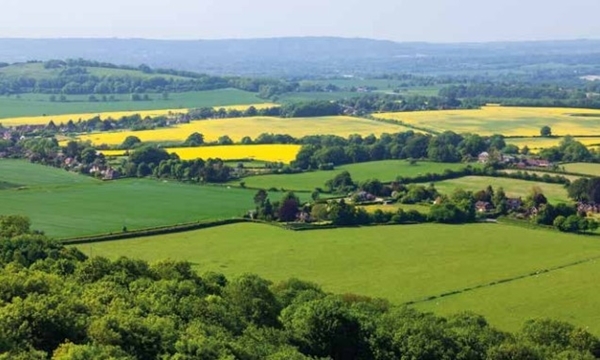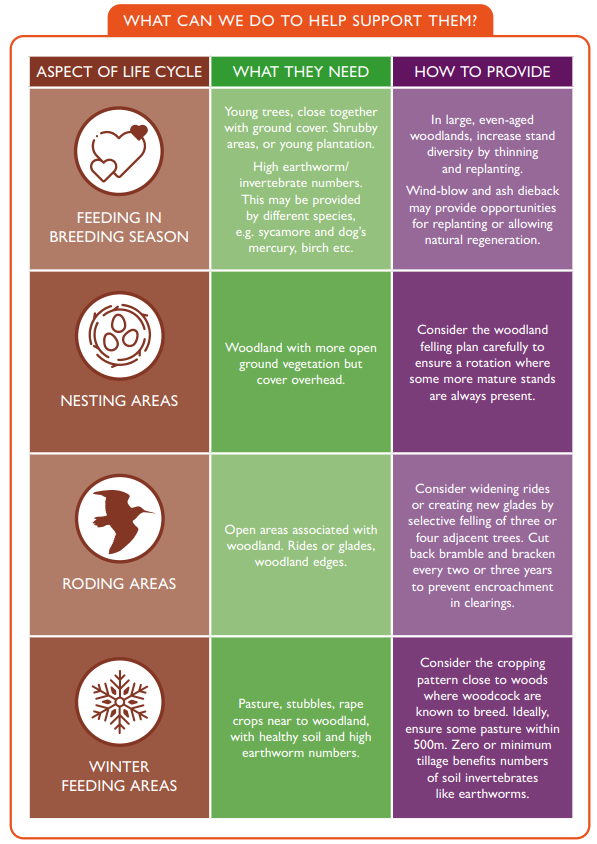
We have recently published Conserving Our Woodcock, a new guide which turns 50 years of GWCT woodcock research into practical guidance on how to provide the varied habitat woodcock require. This blog is taken from the guide, which you can download in full here.
GWCT research has helped increase our knowledge of woodcock in recent decades, but that alone does not help support the species. Applying this understanding to develop conservation guidelines is our best chance of reversing the downward trend in breeding woodcock numbers.
The main challenge woodcock face is fundamentally the same as many species in the modern countryside, that of habitat loss; although there are additional pressures, such as higher predator numbers and more human disturbance.
At first sight it may seem that the amount of woodcock habitat should be rising; woodland cover in Britain has increased since the 1940s, but the type of woodland has changed. Between 1940 and 1990, the amount of coniferous woodland has tripled but the amount of coppiced woodland has decreased by over 80%. Although conifer plantations can be used by woodcock, it is usually the young, relatively open stands that still support ground vegetation. When the canopy closes and vegetation below cannot survive, these areas become unsuitable for woodcock, along with many other species.
British woodland has been changing over the past decades, and the evidence is that this will continue without an active shift in approach. One study found fewer young trees, a decrease in rides and glades, and a marked drop in the mix of ground plant species in woodland in the thirty years between 1971 and 2001.
All of these characteristics that are being lost are important to woodcock. Coupled with increased grazing and browsing by rising deer populations, the changes that we are likely to see to British woodland in coming decades suggest that good habitat for breeding woodcock will become even scarcer, and that this is already likely to be one of the driving factors in local woodcock declines in southern and eastern England.

